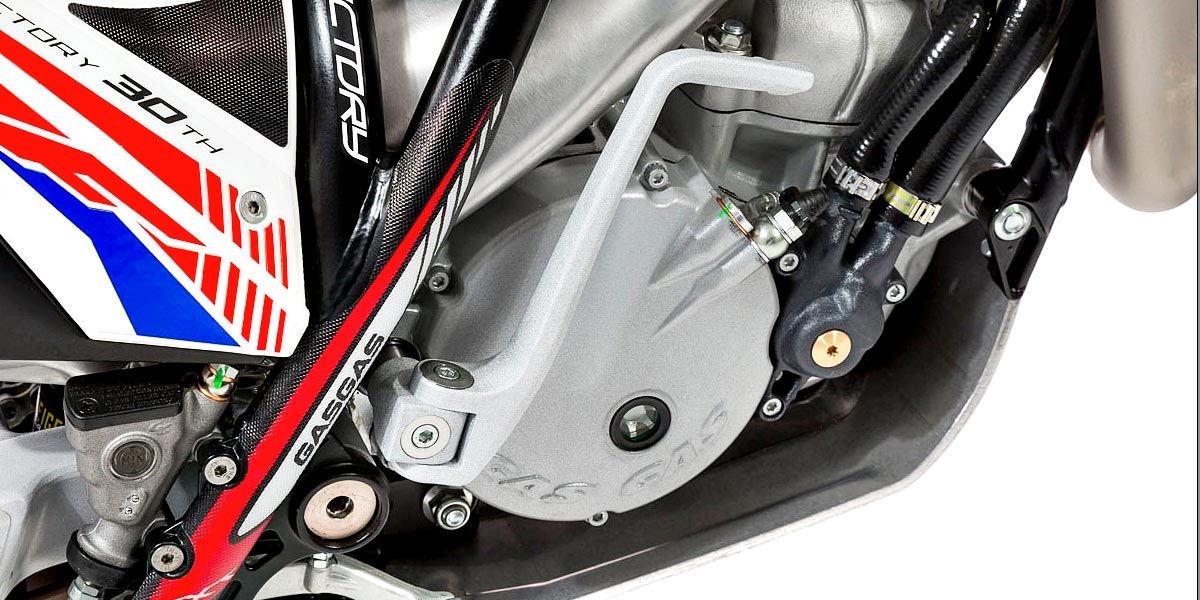Almost all of us have probably had a difficult time removing a screw at some point. It may be due to old age, poor condition or simply a mistake of your own choosing the wrong tool; Most commonly, you have trouble removing due to slippage between the screw head and the screwdriver.
This guide explains how to remove these screws from any material or parts they have gotten stuck in.
We will avoid making the problem worse. If the tool you’re using slips, we’ll stop using it immediately. Slippage will only continue to wear out the screw head further and make it more difficult to remove.
We need to make sure that we are trying to turn the screw in the right direction to pull it out, which is usually – though not always – to the left. Pressing down in addition to twisting will help prevent slippage.
PROCESS FOR REMOVING A PASSED SCREW
1- We must try to take the exact key for each screw. Too often the cause of the problem we’re addressing is a poorly chosen key.
2- If the screw looks bad at first, we can start by applying a little “three-in-one” or similar lubricant, leaving it on for a few hours and facing the situation patiently.
3- Try to use a manual screwdriver instead of an electric one. This way we can put more pressure on the back of the screwdriver and do the operation more slowly.
4- If we still can’t loosen the screw, the next option would be to give a sharp blow to the head so that it “releases” the screw. To perform this operation, a metal tube of the same diameter as the screw head is interposed and a sharp blow is given with the hammer. After the blow we must try to repeat the operation of point number 3 again.
5- The best tool you can use for these cases is a screw remover. They are like a kind of screwdriver but with a thread at the tip. The intention is for this tool to “dig” a little into the head of the screw so that it can be held and rotated.
6- In case you have problems with all the previous steps, the last solution is to drill the entire screw. We will drill the screw with a drill with a drill bit the same size as the diameter of the screw. When replacing the damaged screw with another one, we will need to use a slightly thicker one, since the dimensions of the hole have been modified. When passing the drill bit of the same diameter, the thread will be damaged, so we will have to pass a “tap” of a larger diameter to make a new thread.
7- A screw with a non-existent head can also be removed by making a groove in the head with a small saw. Once the slot is made you can use a normal screwdriver. After making the slot to the screw it is advisable to use an “impact screwdriver”. This tool is a metal screwdriver that does an operation similar to the one we are looking for with point 3. By giving a “hammer” blow to its back, it causes the tip of the screw to rotate to loosen the screw.









